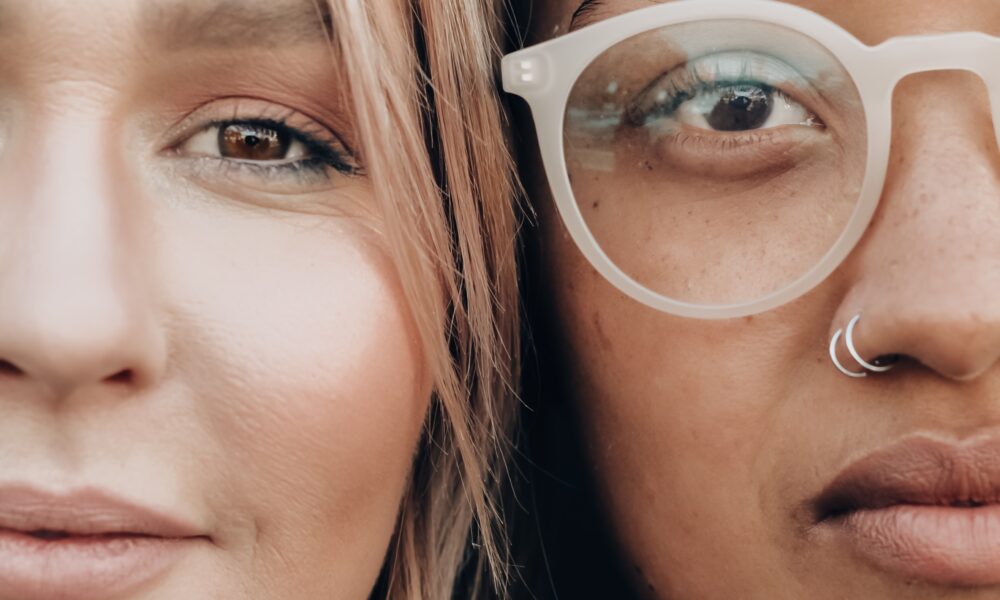Alopecia Areata: Two words no woman ever wants to hear. However, if you’ve been diagnosed with this condition, you need good information and you need it quickly.
Research, treatment and the question, “Who gets alopecia areata?” are three of the most popular reasons women originally land on our site. And we do our best to give you the mostly timely and accurate information possible.
What is Alopecia Areata?
Alopecia areata (al-oh-PEE-shah air-ee-AH-tah) is considered an autoimmune disease, in which the immune system, which is designed to protect the body from foreign invaders such as viruses and bacteria, mistakenly attacks the hair follicles, the tiny cup-shaped structures from which hairs grow. This can lead to hair loss on the scalp and elsewhere.
In most cases, hair falls out in small, round patches about the size of a quarter. And in many cases, the disease does not extend beyond a few bare patches. In some people, though, hair loss is more extensive. Although uncommon, the disease can progress to cause total loss of hair on the head (referred to as alopecia areata totalis) or complete loss of hair on the head, face, and body (alopecia areata universalis).
FREQUENTLY ASKED QUESTIONS
What causes alopecia areata?
In alopecia areata, immune system cells called white blood cells attack the rapidly growing cells in the hair follicles that make the hair. The affected hair follicles become small and drastically slow down hair production. Fortunately, the stem cells that continually supply the follicle with new cells do not seem to be targeted. So the follicle always has the potential to regrow hair.
Scientists do not know exactly why the hair follicles undergo these changes, but they suspect that a combination of genes may predispose some people to the disease. In those who are genetically predisposed, some type of trigger–perhaps a virus or something in the person’s environment–brings on the attack against the hair follicles.
Who is most likely to get alopecia areata?
Alopecia areata affects an estimated four million Americans of both sexes and of all ages and ethnic backgrounds. It often begins in childhood.
If you have a close family member with the disease, your risk of developing it is slightly increased. If your family member lost his or her first patch of hair before age 30, the risk to other family members is greater. Overall, one in five people with the disease have a family member who has it as well.
Is my hair loss a symptom of a serious disease?
Alopecia areata is not a life-threatening disease. It does not cause any physical pain, and people with the condition are generally healthy otherwise. But for most people, a disease that unpredictably affects their appearance the way alopecia areata does is a serious matter.
Will my hair ever grow back?
There is every chance that your hair will regrow, but it may also fall out again. No one can predict when it might regrow or fall out. The course of the disease varies from person to person. Some people lose just a few patches of hair, then the hair regrows, and the condition never recurs. Other people continue to lose and regrow hair for many years. A few lose all the hair on their head; some lose all the hair on their head, face, and body. Even in those who lose all their hair, the possibility for full regrowth remains.
In some, the initial hair regrowth is white, with a gradual return of the original hair color. In most, the regrown hair is ultimately the same color and texture as the original hair.
What can I expect next?
The course of alopecia areata is highly unpredictable, and the uncertainty of what will happen next is probably the most difficult and frustrating aspect of the disease. You may continue to lose hair, or your hair loss may stop. The hair you have lost may or may not grow back, and you may or may not continue to develop new bare patches.
Can I pass it on to my children?
It is possible, but not likely, for alopecia areata to be inherited. Most children with alopecia areata do not have a parent with the disease, and the vast majority of parents with alopecia areata do not pass it along to their children.
Alopecia areata is not like some genetic diseases in which a child has a 50-50 chance of developing the disease if one parent has it. Scientists believe that there may be a number of genes that predispose certain people to the disease. It is highly unlikely that a child would inherit all of the genes needed to predispose him or her to the disease.
Even with the right (or wrong) combination of genes, alopecia areata is not a certainty. In identical twins, who share all of the same genes, the concordance rate is only 55 percent. In other words, if one twin has the disease, there is only a 55 percent chance that the other twin will have it as well. This shows that other factors besides genetics are required to trigger the disease.
For more information about alopecia areata, visit the National Institute of Arthritis and Musculoskeletal and Skin Diseases (NIAMS) website.

